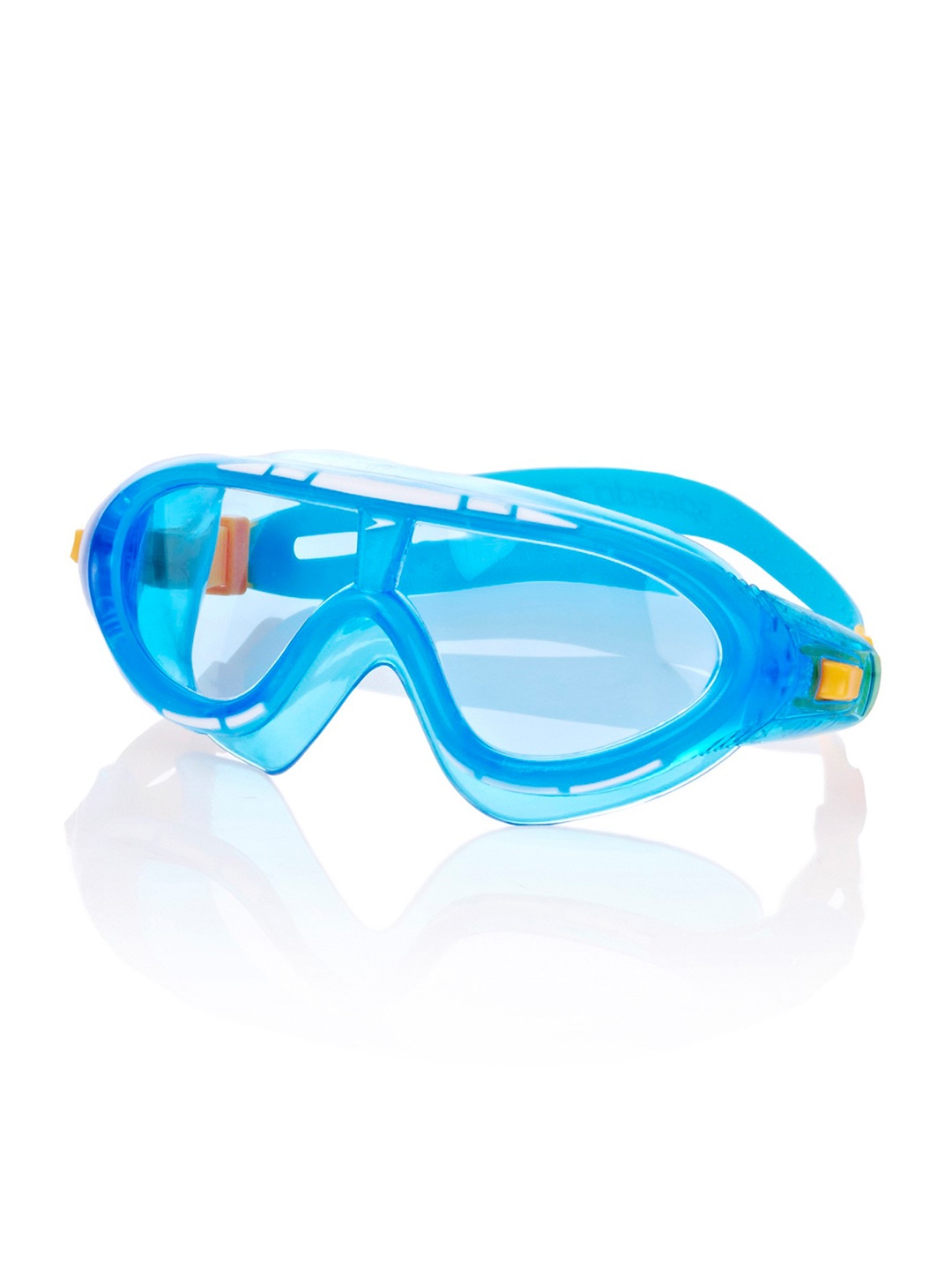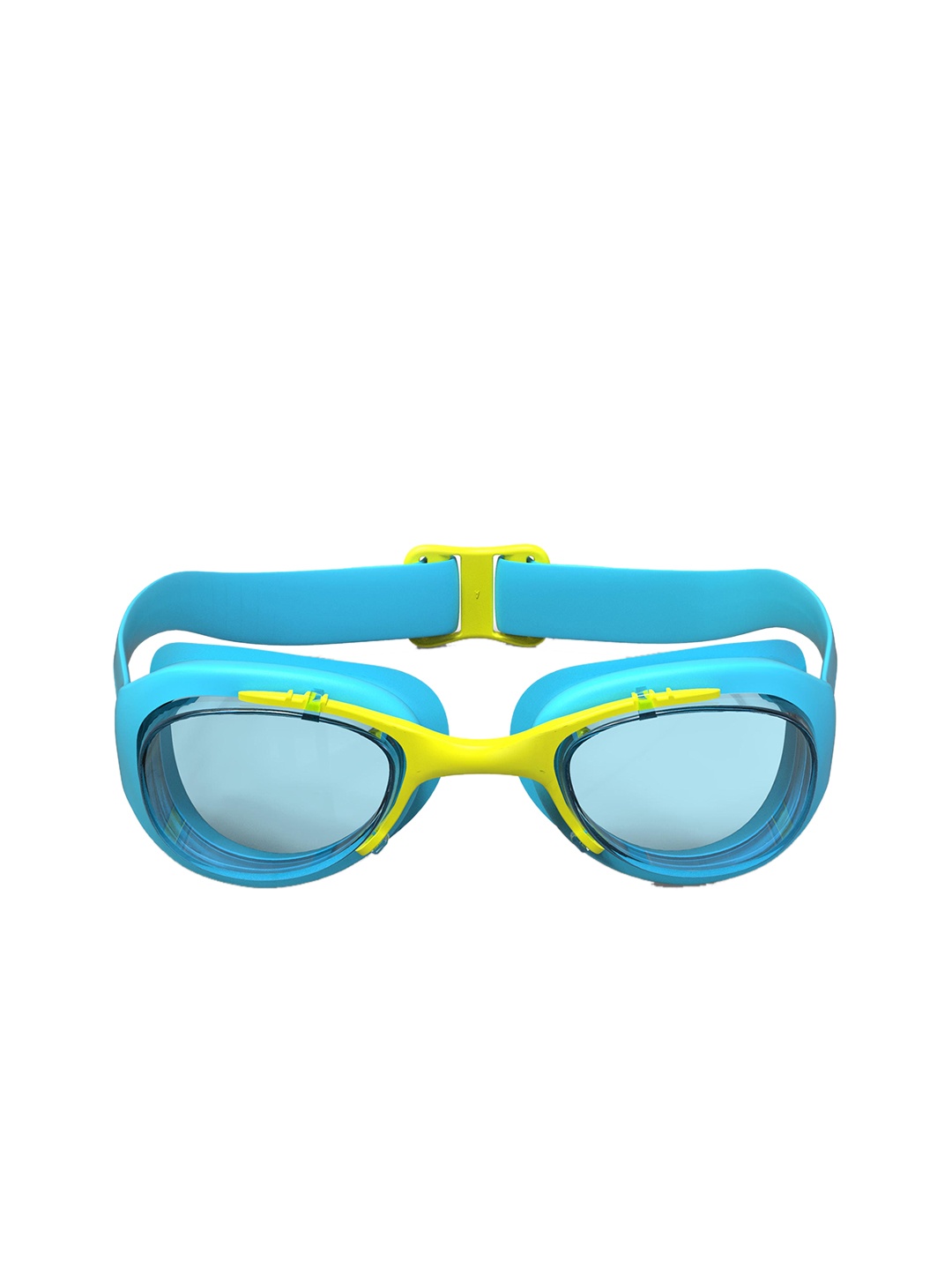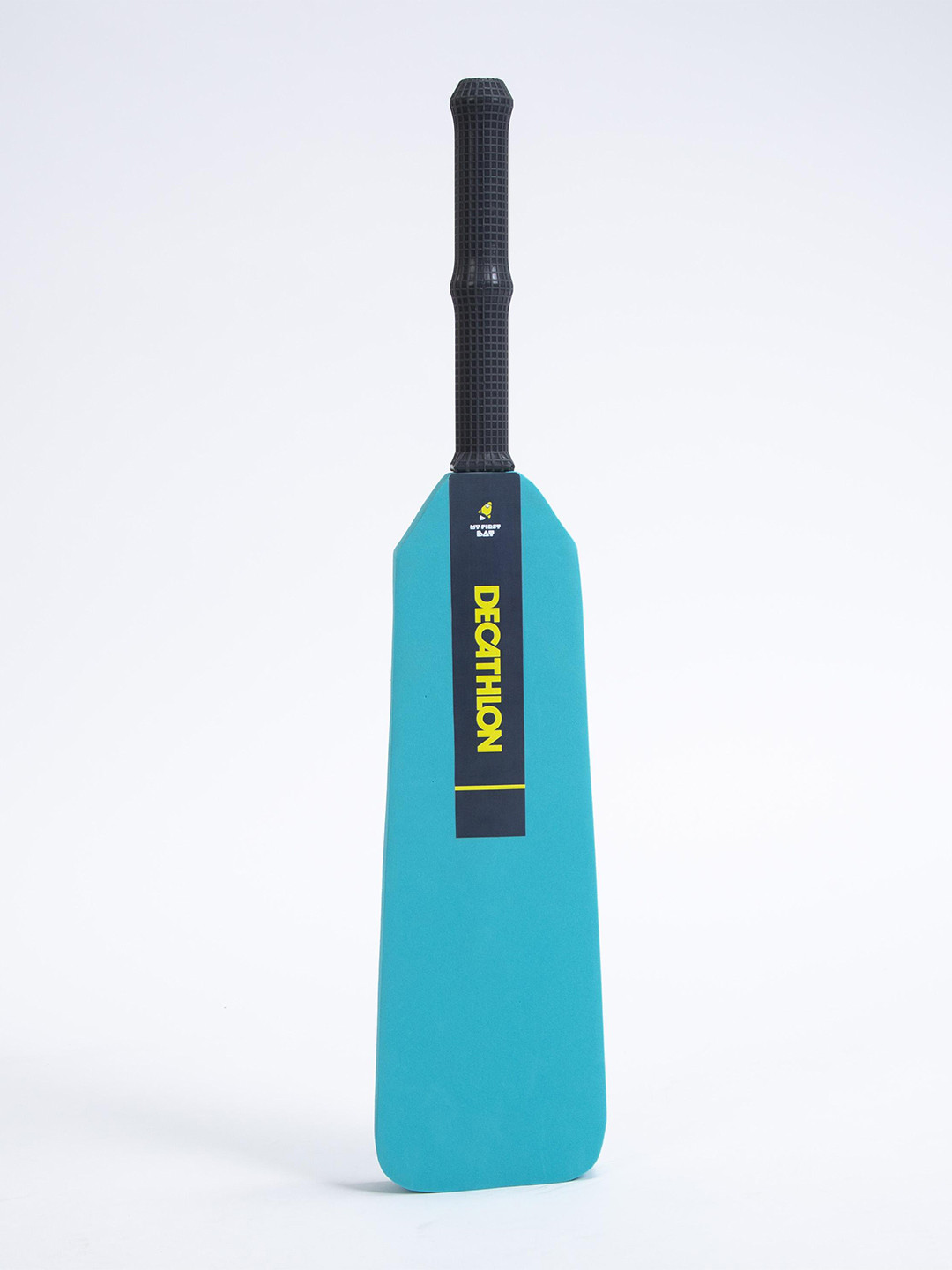How To Choose The Right Treadmill For Home: Beginners vs Runners, Check Top 10 Features
A treadmill can be more than just a fitness machine; it can be the gateway to healthier mornings, rainy-day workouts, or even late-night stress-busting jogs. This is a simple guide comparing what works best for beginners versus runners.

Treadmill Buying Guide For Home: 10 Features That Suit Beginners vs Runners.
Picture this: it's a muggy July evening, the rain is hammering down, and stepping out for a walk feels like a battle with puddles and auto-rickshaws. That's where a treadmill quietly becomes a hero. Whether it's for a gentle daily stroll or a sweaty sprint, a treadmill fits right into the rhythm of life at home.
Yet, choosing one isn't as straightforward as clicking 'add to cart.' Walk into a showroom, and you're greeted with glossy machines promising everything from Bluetooth speakers to marathon-level endurance. The truth? A beginner and a seasoned runner don't need the same machine. Just like a college student doesn't really need the bells and whistles of a luxury SUV, the treadmill you pick should match your style, fitness level, and long-term goals.
So, let's break it down. Here are 10 features that suit beginners differently from runners. Think of it as a 'match the features to the person' guide.

Beginners vs Runners: Learn how to choose the right treadmill and explore the top 10 essential features; Photo Credit: Pexels
Beginner or Runner: Which Treadmill Features Truly Matter?
1. Motor Power: Gentle Start vs Beast Mode
For beginners, a treadmill with a motor around 1.5–2 HP continuous duty is plenty. It's like starting with a humble scooter; it gets the job done without unnecessary fuss. The motor quietly supports walking or light jogging, and since speeds won't be very high, there's no need for a monster engine.
Runners, however, need more muscle. Look at motors in the 3 HP continuous duty range or above. Anything less, and you'll feel the treadmill groaning under the pressure of sprint intervals or long-distance training. Imagine trying to run a 10k on a motor designed for neighbourhood walks, it's like expecting a rickshaw to carry a truckload of bricks. The motor is where durability lives, so runners must invest in power if they want the treadmill to last beyond a few monsoons.
2. Running Belt Size: Narrow Lane vs Express Highway
Beginners often walk or do short jogs, so a belt width of around 16–18 inches and a length of 48 inches works fine. Think of it as a quiet lane near your house, it's enough to stroll or jog without feeling cramped.
Runners, though, crave space. A belt at least 20–22 inches wide and 55–60 inches long is a must. Imagine trying to sprint on a narrow belt, it feels like running on a single-lane bridge with traffic coming at you. For taller people with a longer stride, the belt size becomes non-negotiable. Runners need room to push their limits without fearing they'll step off the edge mid-run.
Also Read: Treadmills for Home Under ₹15000: Can Budget Treadmills Actually Work And Fit in Small Flats?
3. Speed Range: Leisure Walk vs Lightning Sprint
For beginners, a treadmill that goes up to 10–12 km/h is more than enough. Daily walks, brisk strolls, or light jogging don't demand higher speeds. It's like buying a car for city traffic, there's no need for race-track speeds when most of your time is spent cruising between speed bumps.
But for runners, the game changes. A speed range of 16–20 km/h is ideal. Interval training, tempo runs, or even prepping for a marathon demand higher settings. Imagine training for a half-marathon on a treadmill that tops out at 12 km/h, like being stuck in second gear when the highway opens up. A broader speed range gives freedom to scale up as stamina improves.
4. Cushioning: Comfort Walk vs Shock Absorption Tech
Beginners usually walk more, and joints aren't under the same pressure as when pounding at higher speeds. Still, some level of cushioning helps prevent aches after a brisk walk. Even an entry-level treadmill with basic shock absorption will do the trick.
Runners, on the other hand, need serious cushioning. Every stride at 12–15 km/h is like sending shockwaves through knees and ankles. Quality treadmills have multi-layered running decks, sometimes even marketed with fancy names like 'Pro Cushioning' or 'FlexDeck.' This isn't just a gimmick; better cushioning reduces injury risk and makes long runs bearable. For someone logging 30 km a week, cushioning is as essential as good running shoes.

Treadmill Buying Guide: 10 Features That Suit Beginners vs Runners; Photo Credit: Pexels
5. Incline Options: Small Hills vs Mountain Training
Beginners don't really need aggressive incline features. A manual incline or 2–3 levels of automatic incline is enough to simulate walking up a flyover. It adds variety to workouts without overwhelming the body.
Runners, though, thrive on incline training. Look for treadmills offering up to 12–15% incline. It's like bringing Nandi Hills into your living room. Incline running boosts stamina, builds strength, and preps the body for outdoor races. Some premium models even offer decline options, mimicking downhill routes. For runners chasing PBs (personal bests), incline becomes a secret weapon.
6. Console and Programmes: Simple Tracker vs Training Buddy
Beginners benefit from simplicity. A clear display showing speed, time, distance, and calories burnt is enough. Pre-set programmes with gentle variations can keep workouts interesting without being overwhelming. Think of it as a friendly schoolteacher guiding you through basics.
Runners, however, need more from the console. Interval training modes, heart-rate-based programmes, and data-rich displays matter. A treadmill that tracks splits, syncs with fitness apps, and even stores workout history can make training smarter. For serious runners, the console is not just a display, it's a coach.
7. Sturdiness and Weight Capacity: Light Use vs Heavy-Duty Frame
Beginners can make do with a treadmill supporting 90–100 kg and a lighter build. After all, daily walking or gentle jogging doesn't put much strain on the frame.
Runners should look at machines with at least 120–150 kg weight capacity and solid construction. Long runs and higher speeds test the frame constantly. A flimsy treadmill rattling like a bus on a bad road won't inspire confidence. For those training seriously, a sturdy machine ensures safety and stability even during intense sprints.

Treadmill Buying Guide: 10 Features That Suit Beginners vs Runners; Photo Credit: Pexels
8. Space and Foldability: Compact Friend vs Permanent Fixture
For beginners, foldable treadmills with hydraulic folding systems are perfect. They save space in apartments where treadmills often share space with ironing boards and spare chairs. Use it, fold it, and reclaim the living room.
Runners, however, should think twice about compact foldable models. High-performance treadmills tend to be bulkier, heavier, and sturdier, which means they don't fold as neatly. If running is more than a casual hobby, dedicating a corner of the house to a permanent treadmill setup makes sense. It's like giving your passion a room of its own.
9. Budget: Entry-Friendly vs Long-Term Investment
Beginners can start with treadmills in the ₹25,000–₹40,000 range. At this price, you get decent motor power, basic cushioning, and a reliable machine to kick off your fitness journey without burning a hole in the pocket. It's like buying your first cycle, you don't go for carbon fibre straight away.
Runners, however, should view treadmills as investments. Expect to spend upwards of ₹60,000 to ₹1.5 lakh for features that can handle high mileage and speed without giving up mid-run. It's a lot, yes, but cheaper treadmills will often break down under pressure. Think of it as the difference between a basic commuter bike and a performance motorcycle, you pay more for durability, performance, and safety.
10. Extra Features: Nice-to-Have vs Must-Have
For beginners, extras like Bluetooth speakers, tablet holders, and step counters are pleasant bonuses. They make workouts fun, especially if you want to walk while binge-watching a series.
Runners, on the other hand, should prioritise heart rate monitors, app connectivity, and advanced tracking features. While built-in speakers are nice, serious runners often rely on fitness watches, heart-rate chest straps, or apps like Strava. Extras for them aren't just entertainment, they're training tools.
Products Related To This Article
1. PowerMax Fitness JogPad-3 (4HP Peak) Motorized 2 in 1 Under Desk Treadmill for Home Workout
2. MAXPRO PACE 5 HP Peak DC Motor Folding Treadmill for Home use
3. Sparnod Fitness STH-1200 Motorized Treadmill for Home Use
4. Lifelong FitPro Motorized Treadmill for Home (4HP Peak)
5. Cockatoo Smart-Run A6 6HP Peak Auto Incline DC Motorised Treadmill for Home
Buying a treadmill isn't about chasing the flashiest model or the cheapest deal. It's about matching the machine to your lifestyle. Beginners need a supportive, user-friendly treadmill that feels welcoming rather than intimidating. Runners need a sturdier partner that can keep up with punishing miles, hill training, and relentless goals.
In the end, think of it as choosing footwear. A pair of simple sandals works for short evening walks, but for marathon training, nothing less than cushioned running shoes will do. A treadmill should feel like that perfect pair, comfortable, reliable, and made for the journey ahead.
So before hitting 'buy now,' pause for a moment. Ask whether the treadmill will meet your pace, whether it's a gentle walk after dinner or a sprint towards a finish line. Because the right treadmill doesn't just fit your home, it fits your life.
Disclaimer: The images used in this article are for illustration purposes only. They may not be an exact representation of the products, categories, and brands listed in this article.

























